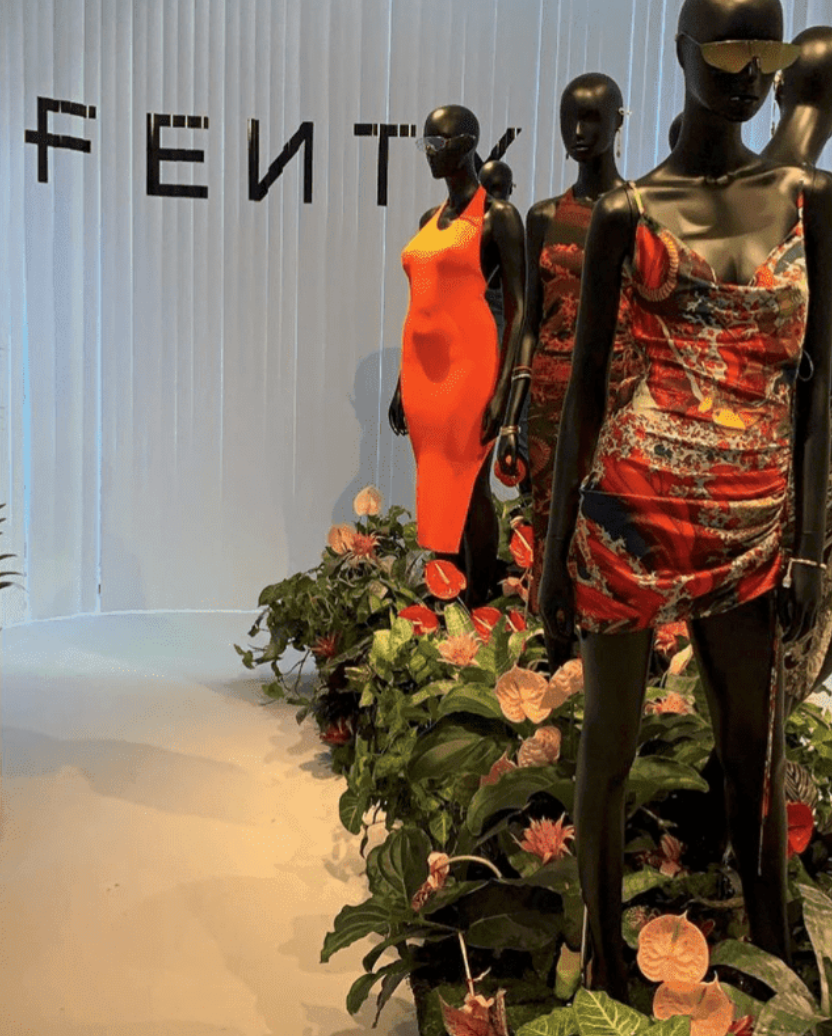How Fashion Retailers have Communicated Their DEI Brand Values
- Payton-Luv Stine

- Oct 20, 2021
- 3 min read
October 20th, 2021
By: Payton-luv Stine
Diversity, Equity, and Inclusion are more than just buzzwords, and they’re more than internal benchmarks that executive boards and employee numbers have to comply with. Although progress may seem slow, it is happening. Every day we move in the right direction, even if some days that means taking two steps backward first. The fashion industry has recently come under fire for lack of representation and, despite having years of progress to go, is beginning to change for the better. Since the beginning of the fashion “industry”, beauty standards have been unattainable, misrepresentative, and frankly depressing (I’m looking at you Victoria’s Secret Fashion Show).

In all seriousness, it’s an issue that has gained long overdue traction in recent years. Big Brands like Target, Nike, Athleta, and Old Navy have felt the pressure from their consumers to not only have products for more than the 5’10 size 00 but to display those products. Subconsciously consumers have felt the shame of their bodies for years due to the pressure of social media and societal beauty standards. The lack of representation in sizing and display only perpetuates this shame. It may seem obvious but seeing mannequins in a display window that represents consumers’ body types creates a sense of representation and inclusion for the brand which ultimately means brand loyalty.
It could be argued that Target set the stage for other big brands when they began adding size four, 10, and 16 mannequins to stores years ago featuring their All in Motion activewear. This label sold over a billion dollars of product their very first year, a huge number even for a retail giant like Target. Athleta has been known for its size inclusivity in manufacturing having sizes from 00 to 26, but simply making products in a range of sizes is not enough. Athleta made a commitment to inclusion by training all store employees in inclusive sizing and displaying size-inclusive mannequins in the store. The brand even took a step further adding different hairstyles and facial features.
Similarly, Old Navy recently took a step towards body equality by offering women’s apparel in sizes 0 to 30. Something Old Navy found particularly important was getting rid of their “plus-size” sections. The brand instead shifted to an open floor model where all products are displayed together, meaning the shirt in a size 0 is on the same rack as the shirt in a size 30. This is important for making individuals of larger sizes feel included and comfortable in their shopping experience, rather than being forced into the “plus-size” corners.

Rihanna’s brand Fenty also has worked to display body-inclusive, but also “body-realistic” mannequins in their pop-up store in New York. While many brands feature size-inclusive mannequins, the skin was smooth, the imperfections did not exist. Mannequins at Fenty’s pop-up featured “hip dips,” “stomach pouches,” “muffin tops,” “love handles,” and “curves.” Fenty has been recognized for its inclusivity in regards to its models for continuing to feature women of various ethnicities, skin tones, abilities (and disabilities), hair types, heights, and sizes.
Inclusivity is becoming increasingly popular for shoppers, specifically for younger generations who care more about the social impact of their purchases more than their parents and grandparents’ generations. Still, inclusivity is more than simply mannequin sizes and models. Brands must continue to work towards true inclusivity on both the consumer side and the internal side.
Payton-Luv Stine is one of the Fall 2021 Co-Content Directors. She is a senior at NYU Stern studying Marketing and Sustainable Business and minoring in Animal Studies.
Works Cited
%20(1)_edited.png)







Comments